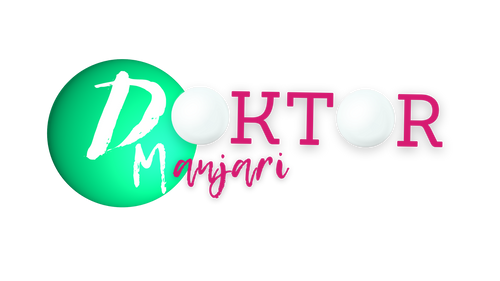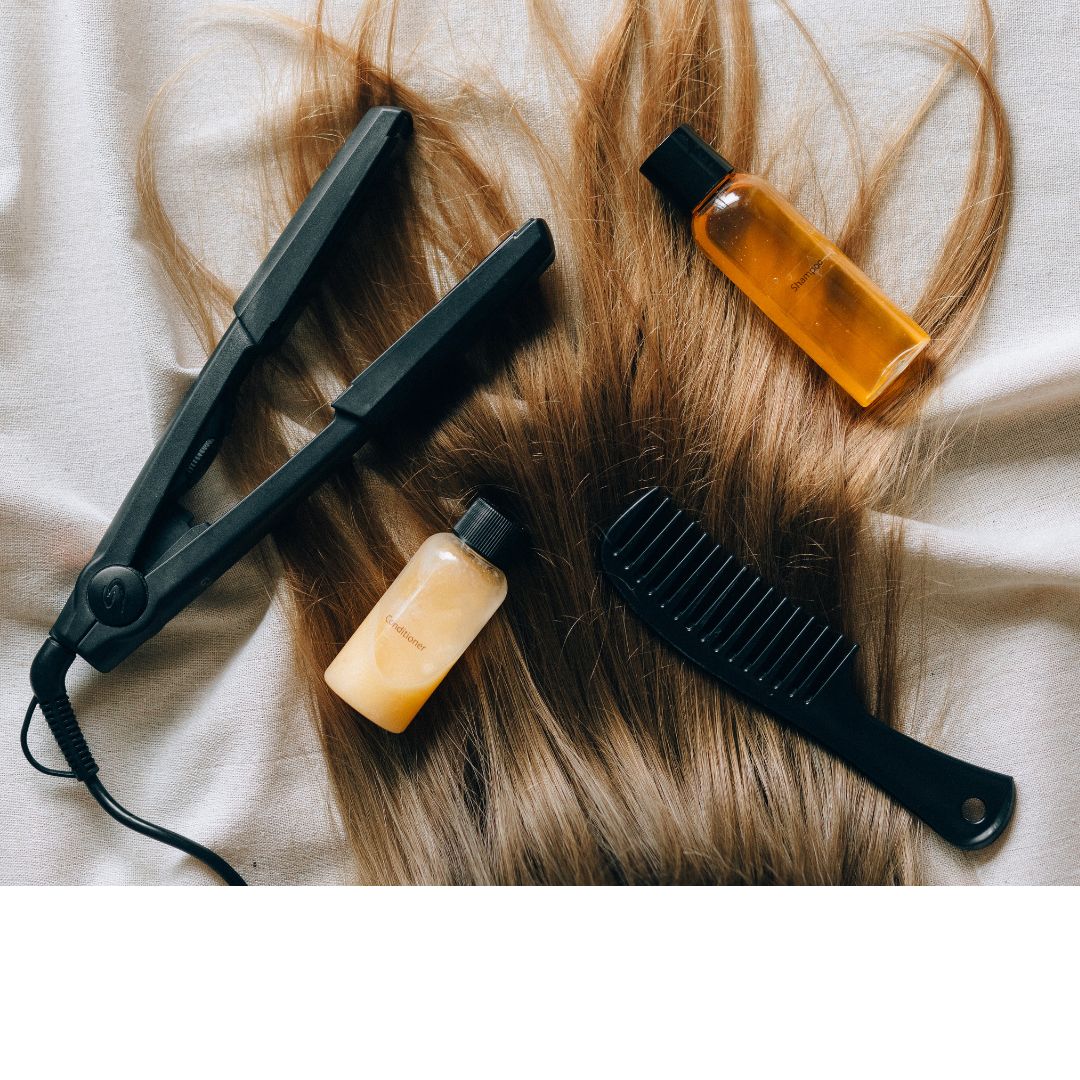Hair is often a focal point of personal aesthetics, with many people investing significant time and effort into its styling and maintenance. However, certain cosmetic practices can inadvertently cause hair damage and lead to hair fall. Understanding these practices and their potential impact on hair health can help individuals make informed choices to protect their hair.
1. Excessive Heat Styling
Description
Frequent use of heat-based tools such as hair dryers, straighteners, and curling irons can damage the hair shaft, leading to breakage and hair fall.
Impact
- Heat Damage: High temperatures can weaken the protein structure of hair, causing it to become brittle and more prone to breaking.
- Dehydration: Heat can strip moisture from hair, leading to dryness and increased fragility.
Prevention
- Heat Protection: Use heat protectant sprays or serums before styling.
- Temperature Control: Opt for lower heat settings and avoid prolonged exposure to high temperatures.
- Limit Frequency: Reduce the frequency of heat styling to give hair time to recover.
2. Chemical Treatments
Description
Chemical treatments such as coloring, bleaching, perming, and relaxing can alter the hair's natural structure, leading to potential damage.
Impact
- Chemical Burns: Harsh chemicals can cause burns on the scalp, damaging hair follicles.
- Weakening of Hair Structure: Chemicals can weaken the hair shaft, making it more susceptible to breakage.
- Hair Loss: Repeated chemical exposure can lead to thinning and hair loss over time.
Prevention
- Professional Application: Have chemical treatments performed by professionals who can minimize damage.
- Deep Conditioning: Regularly use deep conditioning treatments to nourish and strengthen chemically treated hair.
- Spacing Treatments: Allow sufficient time between treatments to reduce cumulative damage.
3. Tight Hairstyles
Description
Hairstyles that involve tightly pulling hair back, such as ponytails, braids, and buns, can cause tension on the hair and scalp.
Impact
- Traction Alopecia: Continuous tension can damage hair follicles, leading to traction alopecia, a form of hair loss.
- Breakage: Tight hairstyles can cause hair to break, especially around the hairline and temples.
Prevention
- Looser Styles: Opt for looser hairstyles that do not pull tightly on the hair.
- Alternating Styles: Regularly change hairstyles to avoid constant tension on the same areas.
- Protective Hairstyles: Use protective hairstyles that minimize stress on the hair and scalp.
4. Overuse of Hair Products
Description
Excessive use of styling products such as gels, mousses, and hairsprays can build up on the scalp and hair, leading to potential issues.
Impact
- Product Build-Up: Accumulation of products can clog hair follicles, potentially leading to inflammation and hair loss.
- Scalp Irritation: Some hair products contain harsh chemicals that can irritate the scalp, causing itching and flaking.
Prevention
- Moderation: Use styling products in moderation to prevent build-up.
- Regular Cleansing: Wash hair regularly with a clarifying shampoo to remove product residue.
- Gentle Formulations: Choose hair products with gentle, natural ingredients to minimize scalp irritation.
5. Inadequate Hair Care Practices
Description
Improper hair care practices such as infrequent washing, rough handling, and using the wrong hair tools can contribute to hair fall.
Impact
- Scalp Health: Infrequent washing can lead to a build-up of oils and debris, potentially causing scalp issues.
- Mechanical Damage: Rough brushing or combing, especially on wet hair, can cause breakage.
- Tool Damage: Using the wrong hair tools, such as metal combs or brushes with rough bristles, can damage hair.
Prevention
- Regular Washing: Maintain a regular washing routine that suits your hair type and scalp condition.
- Gentle Handling: Be gentle when brushing or combing, and use wide-tooth combs or brushes with soft bristles.
- Appropriate Tools: Invest in high-quality hair tools designed to minimize damage.
Conclusion
Many common cosmetic practices, including excessive heat styling, chemical treatments, tight hairstyles, overuse of hair products, and inadequate hair care practices, can lead to hair fall if not managed properly. By understanding the potential risks and adopting healthier hair care routines, individuals can minimize damage and maintain stronger, healthier hair. Prioritizing gentle, protective, and nourishing practices is key to preventing hair fall and promoting overall hair health.

